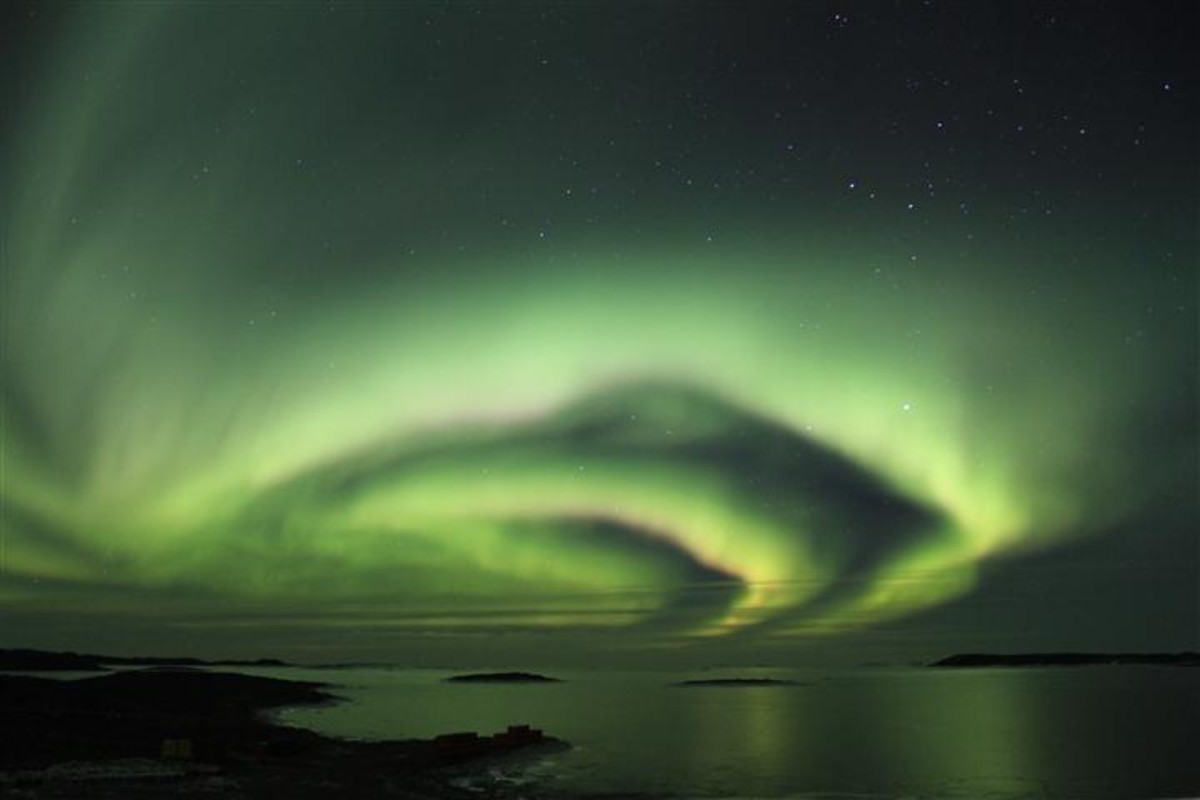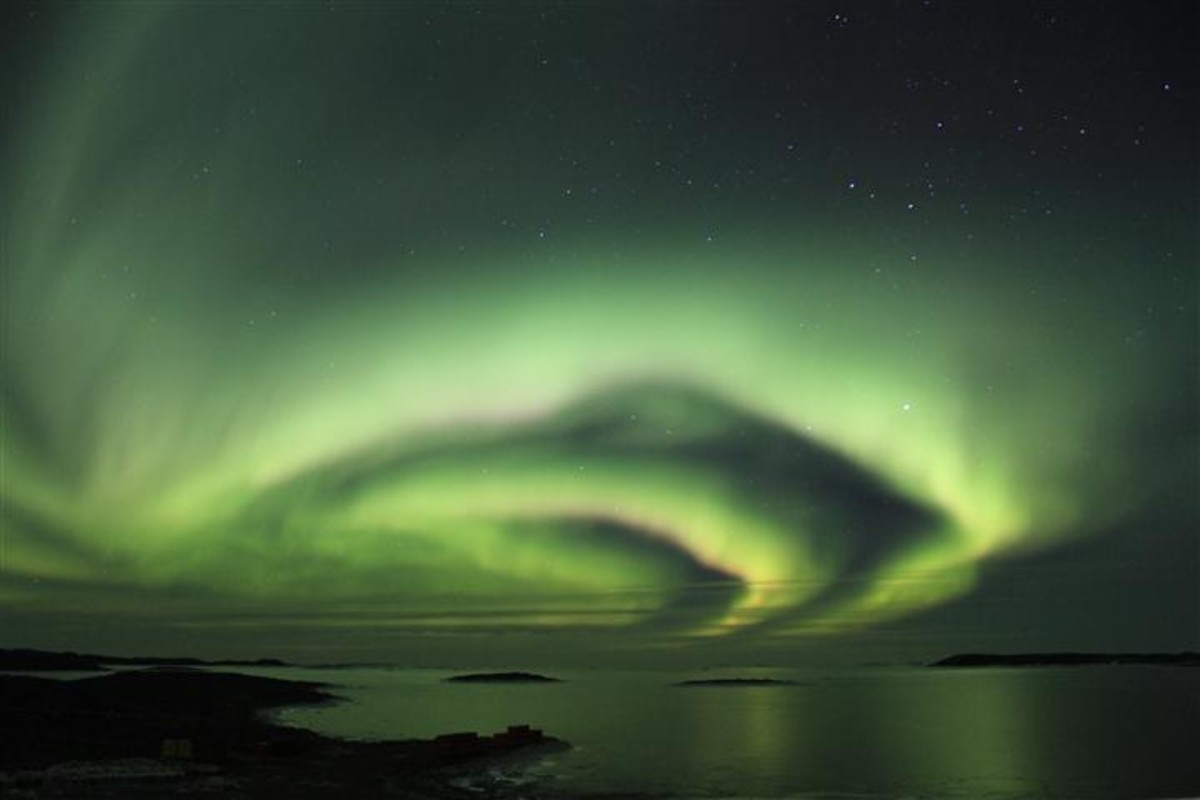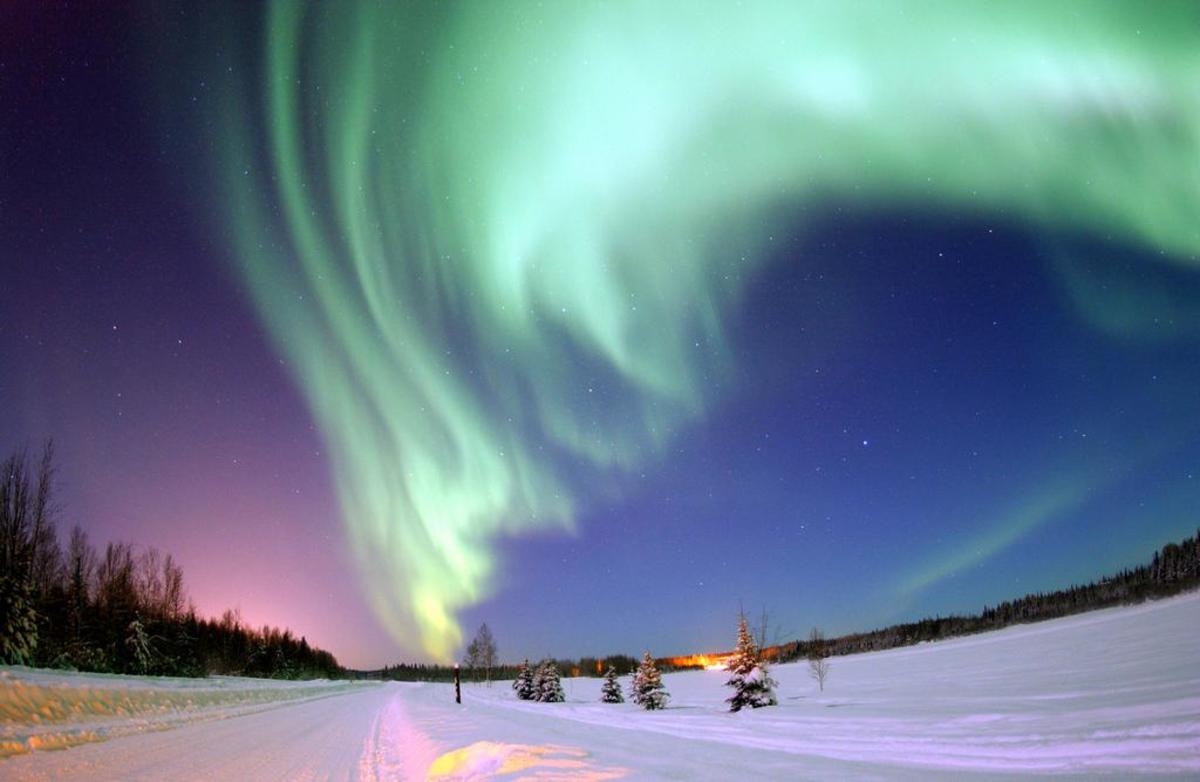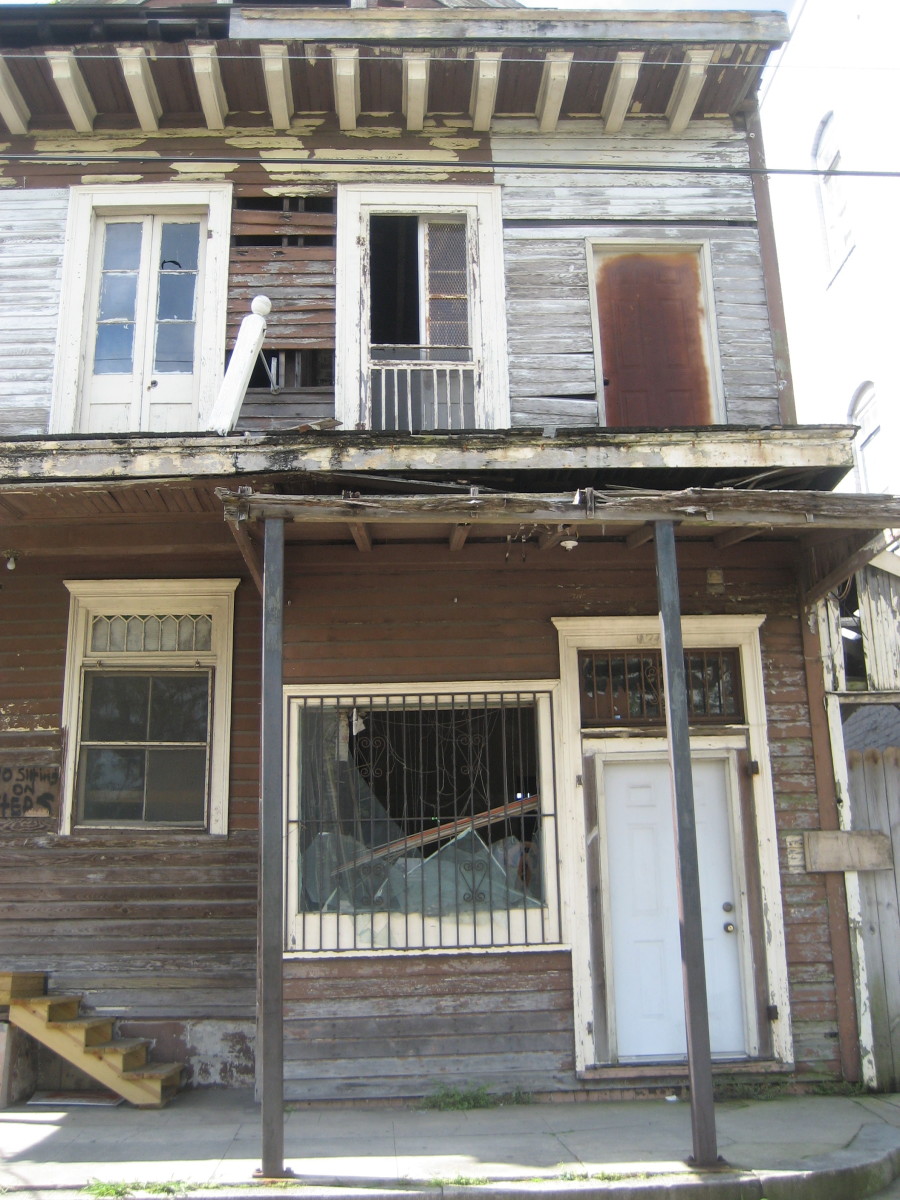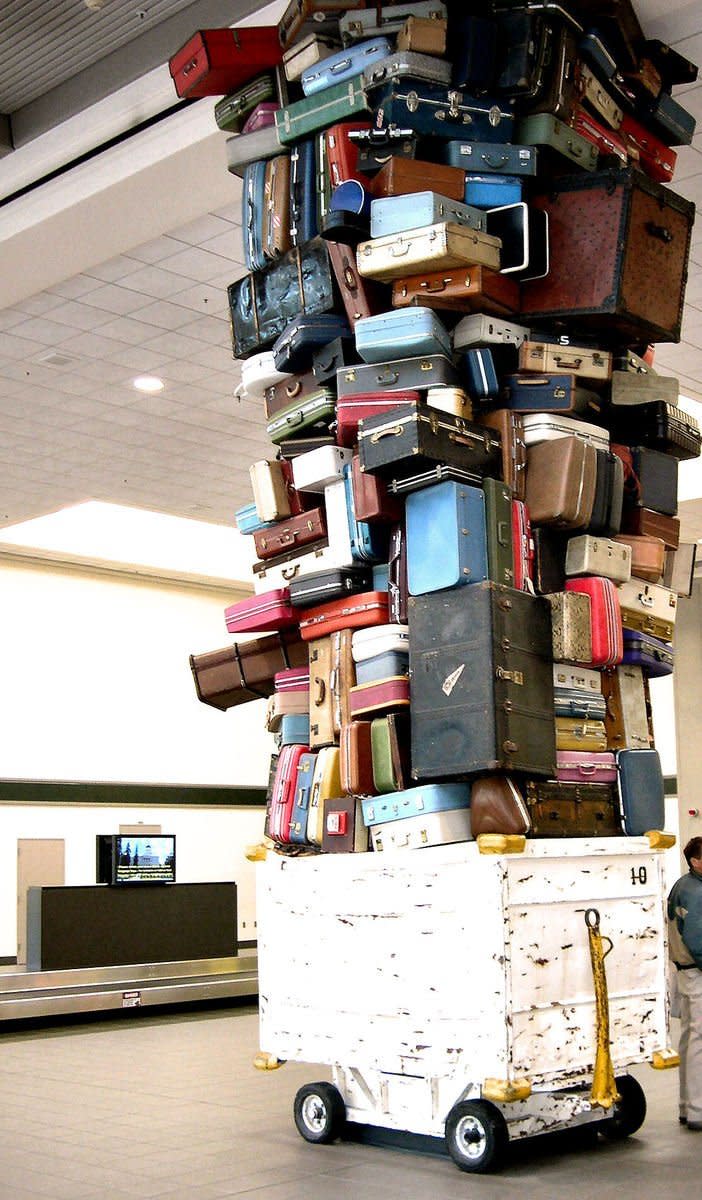How Far South Can You See The Northern Lights? Aurora Borealis
On this page we are going to be answering the question of just how far south you can actually see the Northern Lights. We will tell you some of the surprising locations that you can actually witness the Aurora Borealis from and give you an idea of how to go about doing this. Then we will tell you just when you are most likely to catch a glimpse of nature's greatest light show. So if you are wondering just how far south you can see the spectacular Northern Lights from, this page will provide you with the answer.
The Northern Lights are without doubt one of nature's greatest wonders. Every year people travel thousands of miles to try to catch a glimpse of the stunning Aurora Borealis. As you would expect the best locations are located along way north and often as far up as the Arctic Circle. However, when conditions are right you can see the lights from a lot further south than you might expect. So we are going to tell you how likely that is, where you could see the Aurora and what kind of conditions you need to look out for if this is actually going to be a reality.
A Stunning Aurora
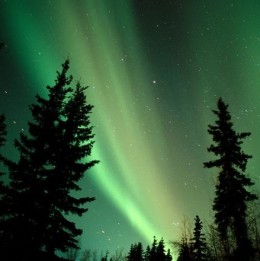
The Northern Lights Head South
When you think of ideal locations for the Northern Lights places like Alaska, Northern Canada, Norway, Iceland and Lapland spring to mind and the reality is that for the best chance of seeing the Aurora then yes, these are the best places to head to. However, on occasion the lights can travel much further south than usual. A few times each year the lights will put on an all mighty display and green glowing lights can be seen as far south as places such as Florida, England or even France. The further south you head the less likely you are to see something, but when a full on solar storm is raging up above then do not be surprised to witness the Aurora is some pretty unusual places.
If you are located in North America then the lights can head south and a few times a year they will reach the southern cities of Canada such as Vancouver, Montreal or Winnipeg. Obviously you do need to head out of the city to where there is less light pollution if you want to see something. When the lights are at their brightest and a full on solar storm has taken place then you can sometimes see the lights in places such as New York, Denver and San Francisco. On a very rare occasion, maybe once a decade then the lights will even stretch as far south as Florida, Mexico and Texas. This is a very rare event though and you will only see the Aurora very low in the sky.
Head over to Europe and again the lights can creep further south that you would expect. Quite often Scotland sees a nice display as do countries such as Poland, Belgium and Germany. Again when the lights get really bright then they can be seen from places such as England and France. It is not unheard of for sightings on the horizon near cities such as London and Paris. For this to be a reality though the conditions need to be something very special. So what exactly do we mean when we talk about the conditions? Well let's take a look.
A Level 8KP Forecast
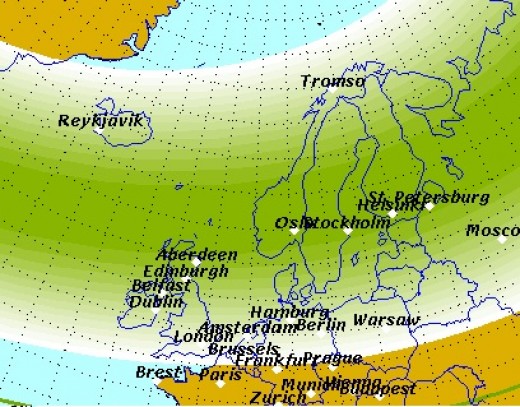
Why So Far South?
The Northern Lights are caused when solar particles come into contact with the earth's atmosphere. The amount of solar particles heading towards earth can be predicted by monitoring the sun's activity. When there is a large solar flare this causes solar storms and sends massive amounts of particles heading for our planet. The more particles enter our atmosphere, the brighter and more widespread the lights will be. You can actually view a Northern Lights forecast online and this will give you predictions a few days in advance of just how intense the Aurora will be.
The level of activity is measured on a scale called the KP index. The scale runs from 1 to 9 with 1 being the weakest level of activity and 9 being the strongest. A level nine event is really a once in a lifetime kind of show and you would really have to be very fortunate to witness something like this. Level 7 or even 8 events do tend to happen a few times a year though and 2013 and 2014 are said to be very good years for displays as the level of activity is increased over normal years. If you do hear that there is going to be a level 8KP forecast then it is well worth getting somewhere away from street lights and having a look skyward.
If you are in southern Canada or Scotland though you only need a level 5KP index to see something glowing on the horizon. This is an event that takes place several times over the course of a year and it's really just about keeping an eye on the Aurora forecast and taking any opportunities that come your way. So if you do hear there is a particularly strong Northern Lights display about to take place, how do you go about spotting it?
The Lights Dance
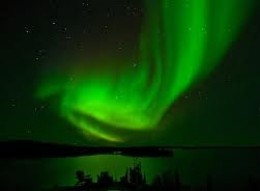
How To Spot The Northern Lights
So when the forecast is good and you know you are in a decent location, what else do you need to factor into the equation? Well for the best viewing conditions you need the darkest skies. This means head away from any light pollution, this means you want to be as far from civilisation as possible. Also ideally you don't want to much moonlight, a full moon will limit your viewing opportunities. The most obvious thing you also need is clear skies, you could have an incredible display overhead but if it's cloudy you won't see anything. This means that it's a good idea to check weather forecasts as well, if you know that fifty miles east of you there are going to be clear skies, then it could be worth putting that little bit of effort in and making the journey.
Most people assume that you can only see the lights in winter, this is not correct however and displays can be seen all year round. The reason winter is a better time for seeing them is simply because there are more hours of darkness then. The fact is though that on a hot summer's night, if it is dark then you can still see the Aurora.
The further south you are the lower the Aurora Borealis will be in the sky. If you are as far south as England or the northern US states then it is not likely you are going to get massive displays directly overhead. So you need to look north. Make sure you are in a spot where the northern skyline is unbroken by hills or mountains. If you have the opportunity, get up high, this will give you a far better view of the northern sky and increase your chances of seeing something.
Although it is unusual for the Northern Lights to reach as far south as places such as England or France, it does sometimes happen. Checking the Aurora forecast is a great way to stay ahead of the game and give yourself a real chance of spotting something magical in the night sky. You don't have to travel right up into the Arctic Circle to see this phenomenon, you just need to make sure you find somewhere dark and look north.

